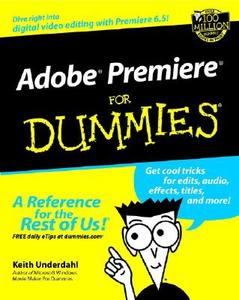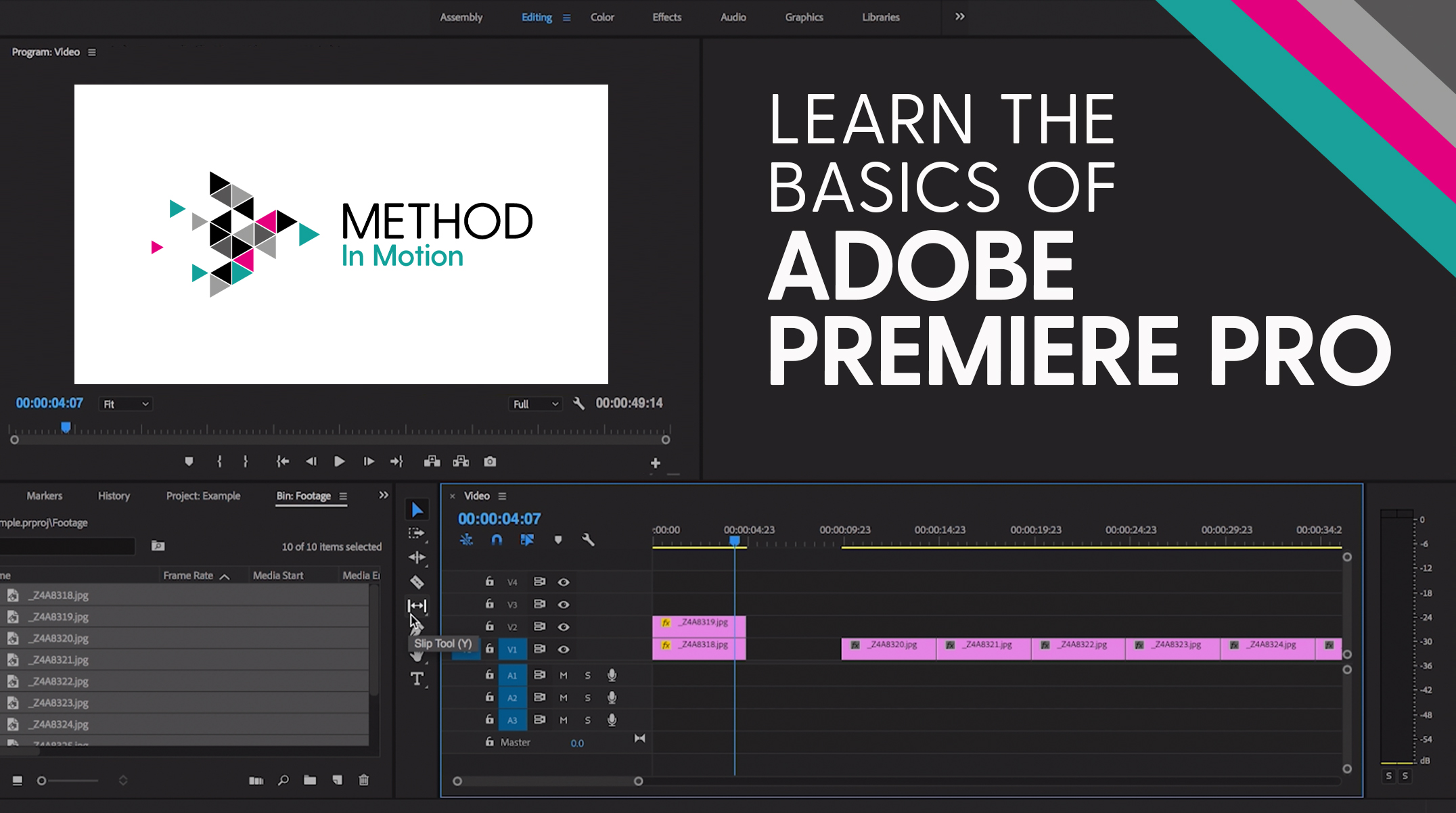

But be careful, similarly to your exposure, contrast and colour settings, if you over-sharpen your footage, it can look unnatural.

You may also want to adjust your sharpness setting if you have shot your video in C-LOG. For this reason, it's best to get your exposure right in-camera when shooting each video clip. Tip: It’s much more difficult to adjust exposure in video than in photography. Try not to overwork your exposure settings, as it can lead to blown out highlights or muddy-looking underexposed clips.

By adjusting simple settings such as exposure, white balance, temperature, saturation and contrast, you can bring your video to life and get the look and feel you want to tell your story. This is where your effects and basic correction settings come in. When you first import your video files you may find that they look a little flat – especially if you have shot in C-LOG. Edit the Look and Feel of Your Video Clips Using the ‘Cut’ tool, you can shorten each clip, whether from the beginning or end, to make sure you keep the bits you want and discard the bits you don’t.Ĥ. This is a creative process and your sequencing should be tailored in a way that tells your story best. Once you have imported your video clips you can start dragging and dropping them onto your timeline in the order you want them to play back.

Remember, however, that 4K video files take up a lot more storage space. This means that the horizontal resolution of your clips will be roughly 4,000 megapixels wide, which will give you greater creative control. If you’d prefer to spend less time editing your footage, you may prefer to shoot your videos using a different Picture Style, such as Landscape, Portrait or Monochrome, as these require less adjustment in post-production.įor enhanced quality, and the option to crop in on certain parts of your video clips, it’s a good idea to shoot your videos in 4K. RAW photos in the sense that it allows you greater creative control at the editing stage. C-LOG video footage is comparable in a way to. Shooting your videos in C-LOG will give you a flat picture profile that's perfect for colour grading in post-production. This can be done simply by selecting, dragging and dropping the files directly from their location. MOV video files and import them into your video editing software. Whether you store your video clips on your computer’s hard drive or on an external hard drive, the first thing to do is locate all of your. Prepare Your Video Clips Ready for Editing Note: the instructor uses Adobe Premiere Pro in this demonstration, but you can follow the same basic process and tips whether you’re using Final Cut Pro or any other video editing software.ġ. In this insightful video tutorial, you'll learn the basics of video editing as we show you just how simple it can be.


 0 kommentar(er)
0 kommentar(er)
